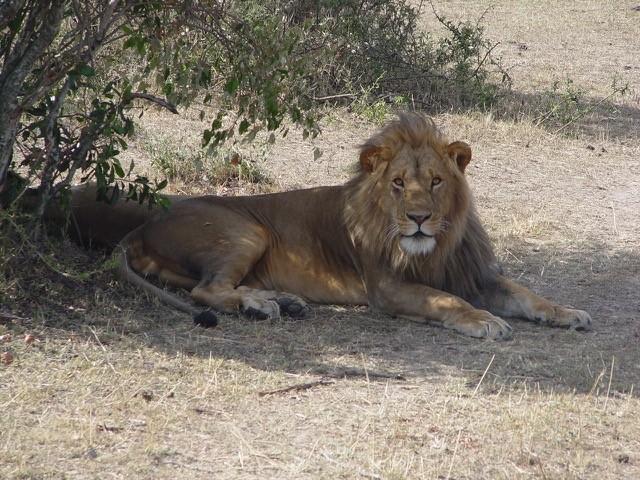Usually, the “what came first” question refers to the chicken and the egg, but that’s not the case for UA researchers John Wiens and Tereza Jezkova, professor and postdoctoral researcher in the department of ecology and evolutionary biology, respectively.
For Jezkova, it means asking if species first developed eyes then left oceans to live on land, or if it happened the other way around. It’s just one question she was left with after completing her latest study, headed by Wiens.

The study tested 18 traits to determine what makes species successful in an evolutionary sense, looking at everything from having eyes to living on land or in water.
Wiens said out of the 18 traits, 12 didn’t matter. But six did.
Of that six, five traits explained 74 percent of variations—having a skeleton, having eyes, living on land, being a parasite and having separate sexes. Just three of the five traits accounted for 67 percent of variations in species proliferation, meaning that the recipe for success includes having a skeleton, living on land and being a parasite.
RELATED: Last Week in Science: January 22
For Wiens, the most surprising aspect of those results was how obvious traits “didn’t do anything for you.”
“The things you think would matter, like having a head or a digestive system, don’t really do anything for you,” Wiens said. “But it’s not necessarily the case that all successful species have all three of those successful traits.”
Jezkova went into the study without expectations, so she was not surprised with the results.
“There wasn’t much in the literature, and what there was was controversial,” Jezkova said. “Some said eyes were important, some said they weren’t. So we didn’t know if everything would be important or if nothing would. Some things I was hopeful for, like having a digestive system, but it turned out to not be important.”
Wiens had a few ideas about why the top three traits were so important. Living on land might provide a little more protection from extinction, and having a skeleton provides support and perhaps also some protection.
While those explanations “aren’t 100 percent clear,” according to Wiens, he did have an explanation for why being a parasite is key to success.
“Being a parasite—well, think of this: Birds have feather mites,” Wiens said. “One feather could have seven species of mites, and the whole bird could have 40. And when host species split, so do the parasites.”
RELATED: UA researchers connect bee diet to gut bacteria
Most of the data for the project came from textbooks and other literature, Wiens said. The study aggregated the data and ran it through a multiple regression analysis to predict the value of each trait based on the value of two or more other traits.
“A lot of this could be done with other people’s data,” Wiens said. “Really, the money came in to pay for all of Tereza’s time.”
As Jezkova is a postdoctoral fellow, the study was funded by UA’s Postdoctoral Excellence in Research and Teaching program, through UA’s Center for Insect Science.
Wiens said the Center of Insect Science was interested because, while they knew insects are the most populous creatures on earth, they didn’t know why.
Beside asking what came first, Jezkova is also interested in what else could help researchers understand why some phyla, or broad categorizations of species, are more successful than others.
“All animals are divided into phyla but differ in number of species,” Jezkova said. “Some phyla have thousands of species, and some just have one or two. It’s interesting that in the ocean the extinction rate is higher, considering that it covers over 80 percent of the globe but only has a small percentage of the earth’s species.”
That same question got Wiens interested in the first place.

“I got introduced to this by asking why there are more successful species on land than on water,” Wiens said. “First, I only looked at that one trait. It turns out that that trait was very important, but it only explained 33 percent of species proliferation. I wanted to know what explained the rest.”
Now, after this successful study, he’s going even deeper to see if the same traits are important on a smaller level, within phyla.
“Our overall goal is to look over the entire tree of life and find some general rules about what’s really important to be successful,” Wiens said.
With his continued research, Wiens hopes to gain a deeper understanding of what makes species successful but also what makes them vulnerable.
“Look across all the phyla and understand that, while species in oceans have been successful, they also have fewer species left to lose,” Wiens said. “And if that happens on our watch, because of humans, that’s shameful. Oceans are particularly vulnerable.”
The study can be found in the American Naturalist.
Follow Marissa Heffernan on Twitter.















